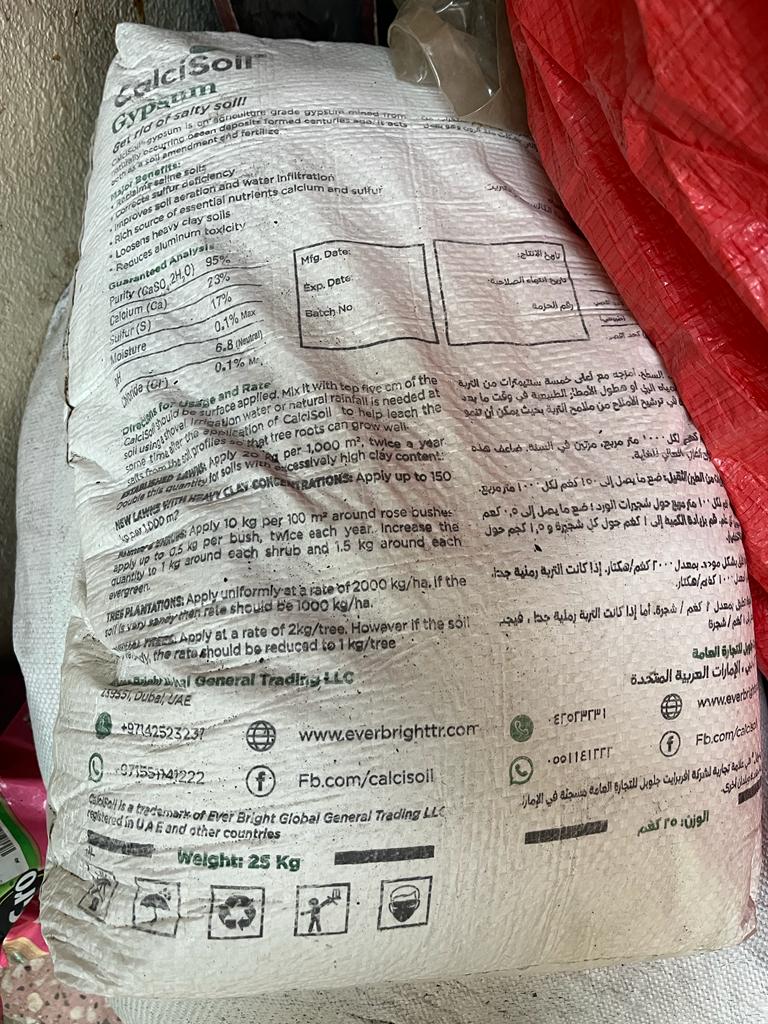I did a quick post on Humic acid as that was needed at that time. Now we can look in detail at what constitutes soil amendment. Please find it here if you want to read it –
Soil Amendment is any substance that is intended to change the chemical or physical characteristics of the soil. This does not include fertilizers, ag liming materials, pesticides, and unmanipulated animal/vegetable manures. Soil amendment’s basic claims are to improve: a) Water retention b) Permeability c) Water infiltration d) Drainage e) Aeration
f) Nutrient availability g) Structure of the soil
Humic acid ticks most of these boxes but let’s look at some other soil amendments. The main ones are:
- Fulvic acid:
We rarely get this separately from Humic acid as both play complementary roles. Fulvic acid is necessary as it provides extra magnesium and iron ions which are essential for photosynthesis as well as helps the plant to have stronger roots. It also increases the permeability of the cell walls so that the plant can absorb nutrients faster. Fulvic acid can be applied every two weeks but because we only get the variant along with Humic acid here, we should not apply it more than 2-3 times in a season.
2. Rick Husk – Rice husk is what we get as a by-product from milling rice, which has a high silica content. In Rice producing countries this is a by-product that is abundant and not used for much. Working the Rice husk into the soil or adding it as a top dressing for your pots is quite helpful as the soil microbes work on it and release Silica naturally into the soil. Silica increases plant tolerance to drought, frost, and lodging. Silica strengthens plant cells which means reduced water loss, less frost damage, more root growth, and a decrease in lodging. Silica increases plant resistance to fungal disease and pest attacks because of harder epidermal cells. Reduced brown spot fungus attacks, stem rot, powdery mildew, and fewer caterpillar and aphid attack have resulted from the application of silica. Also applying Rice Husk to your soil as a top cover reduces Fungus gnats’ attacks as they form a physical barrier so that they cannot lay eggs in the soil. Silica improves a plant’s ability to survive and even thrive in high-salinity areas. Silica is converted into a plant-available form (silicic acid) by soil microbes. If soil is microbe deficient or over-limed, the uptake of silica is reduced. Tests have shown that high organic matter in soil increases soluble silica while liming and the use of Nitrogen or Phosphate fertilizer lowers the soluble silica in soil. Research has found that silica also plays a vital role and is essential for photosynthesis and chlorophyll formation (green color) in plant leaves. It is also a great environmentally friendly alternative to perlite and vermiculite.

3. Sulphur/Lime – Sulphur lowers the PH of the soil and makes it more acidic. Adding elemental sulphur to the soil is the key. However Sulphur takes some time to completely change the PH sometimes as long as 2-3 years. In the Gulf, we often get garden Gypsum which has calcium and sulphur in it which is really useful for vegetables like tomatoes and gourds. This is particularly important in desert areas as the soil is more alkaline.

We will look at the others in the next post on soil amendments. Meanwhile, happy growing!






Recent Comments